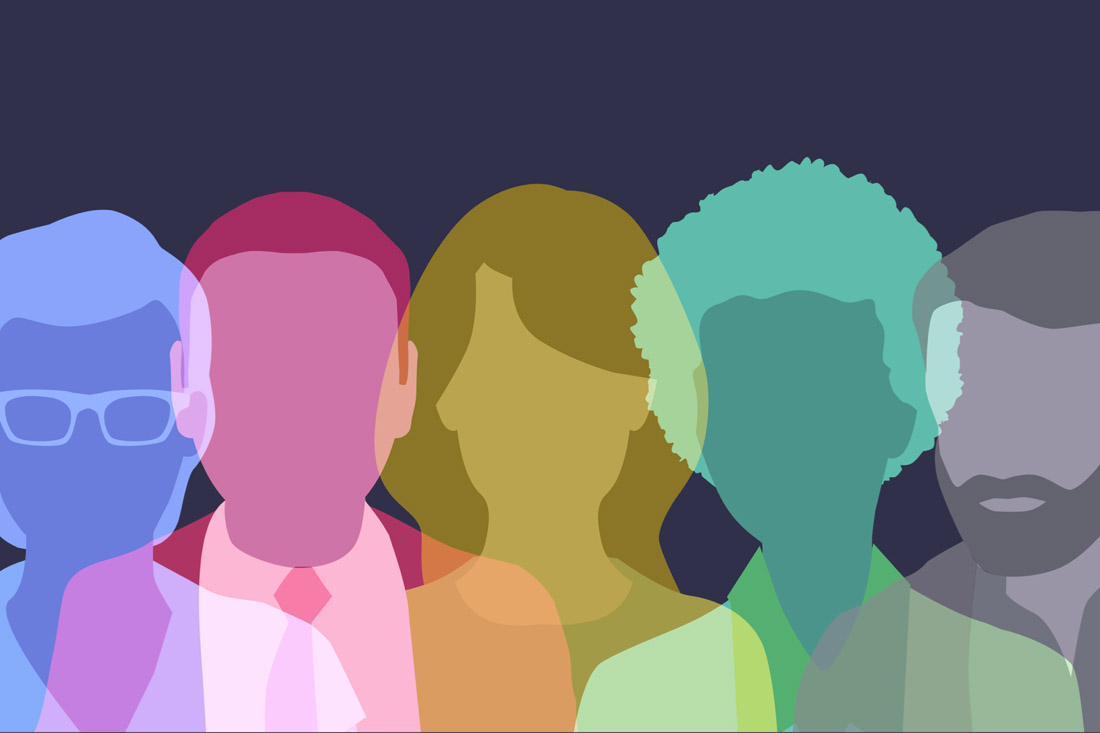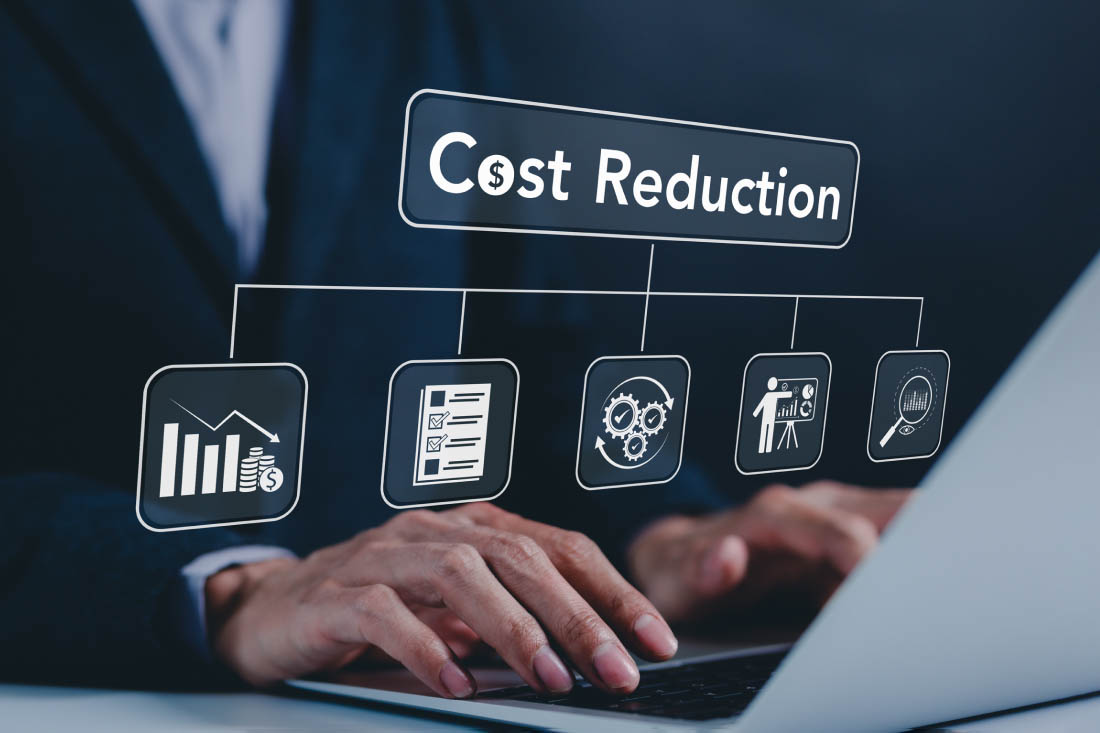People analytics is an increasingly important aspect of data analytics for businesses to stay ahead of the competition. But what is people analytics? And can it benefit your business? Explore the basics, key components, benefits, challenges and future trends of people analytics in this comprehensive guide.
Table of Contents
- What is people analytics?
- Why is people analytics important?
- The process of people analytics
- Benefits of implementing people analytics
- Challenges in people analytics
- Future trends in people analytics
- Harness the power of people analytics with ActivTrak
What is people analytics?
People analytics, sometimes referred to as HR analytics, is the collection and analysis of organizational and people data to generate actionable insights that improve critical business outcomes. People analytics is data-driven and goal-focused on studying people, processes, roles, challenges and opportunities throughout the organization. A deeper understanding of people analytics helps identify areas for improvement throughout the organization in order to achieve business success.
The evolution of people analytics
People analytics has come a long way, evolving from simple reporting and tracking HR metrics to a strategic discipline that significantly impacts business outcomes. In the past, HR teams relied on manually-collected data and educated guesses about the best strategy for the organization.
Advanced technologies and more sophisticated analytics tools empower organizations to move beyond these practices and identify patterns and trends to make data-driven decisions. Businesses today incorporate new data sources from people analytics to uncover valuable insights that inform their talent management strategies.
Types of people analytics
There are a handful of different types of people analytics that businesses can use to review previous scenarios or help predict future outcomes. Here’s what to know about each type:
- Descriptive analytics helps us understand what has happened in your organization by analyzing historical data.
- Diagnostic analytics dig deeper into the data to uncover the underlying causes of trends and behaviors.
- Predictive analytics uses statistical models and forecasts to anticipate future HR events and employee behaviors based on current and historical data.
- Prescriptive analytics goes beyond simply predicting future trends and offers actionable recommendations on how to tackle potential situations and challenges.
Why is people analytics important?
People analytics has shown its value for organizations that implement it correctly. According to a study by Deloitte, organizations that effectively use people analytics are more likely to outperform their competitors. The data-driven approach gives business leaders insight to better understand and optimize their current workforce for improved employee productivity, engagement and overall performance. At the same time, people analytics gives HR leaders the tools they need to plan for their future workforce, building programs that will build the business through growth or other changes.
The process of people analytics
Every business will have different people analytics needs, including tools and types of data. But the general strategy to implement people analytics effectively follows the same steps.
- Create a strategy: Determine what your people analytics strategy is and make sure it aligns with your organization’s overall strategy. Your organization may want to reduce turnover, improve talent acquisition or find high performers to model their productivity for other employees. Identify what data you need to collect and analyze based on your HR goals.
- Choose a people analytics tool: People analytics requires technology that effectively collects workforce data and provides actionable insights via easy-to-understand data visualizations. The best option will most likely be a workforce analytics platform that connects multiple data sources and integrates seamlessly with existing HR systems.
- Consult with your legal team: Make sure your collection processes comply with all laws. Ensure you emphasize privacy, trust and transparency with employees.
- Collect data: Set limits to what data you collect and analyze based on your HR goals. It’s easy to get lost in the weeds when collecting employees’ data, so it’s important to look at what’s relevant.
- Analyze results: Look at people analytics data over time and compare it to previous years to identify trends and outliers.
- Implement changes: Use the people analytics data to make informed decisions on HR strategy. Get leaders, people managers and employees at every level involved to make systemic changes to your entire organization.
Benefits of implementing people analytics
Once you understand the process of implementing people analytics, there are several benefits to consider. Here are seven of the top benefits of implementing people analytics:
1. Improves employee productivity
Employee productivity is a main component of an organization’s competitive advantage, leading to more revenue, innovation and better return on investment. People analytics gives you an understanding of how, when and where employees are most productive and empowers you to create processes to maximize that productivity.
2. Sets goals for employee experience
People analytics uncovers data about the employee experience that you can’t find in annual reviews or self-reported employee surveys. With the right people analytics platform, your organization will have new, data-based goals around employee satisfaction, productivity levels and company culture.
3. Reduces turnover
Keeping high-quality employees in their roles is a significant concern for organizations that want to stay competitive. People analytics shows you what causes employee turnover and gives you fact-based actions to take against it.
4. Optimizes talent acquisition strategy
People analytics arms HR professionals with data on the best ways to attract and retain the best talent. Improve the quality of your hires and reduce time-to-fill and cost-to-hire metrics with real-time data.
5. Informs talent and development programs
Create better training programs based on what your workforce needs with data on what leads to high performance, what tools employees use and which employees may be overworked. See which programs are working by tracking the impacts of changes to HR processes with change management data.
6. Optimize workforce planning
Identify skills gaps and resource needs and inform your strategy for filling those gaps with people analytics data. Leverage a holistic view of the current state of your workforce compared to goals and create a workforce plan that meets your needs.
7. Creates better diversity and inclusion policies
Diversity is an important aspect of productivity and innovation at any organization. People analytics drives better diversity and inclusion policies by answering important questions around the diversity and equity of your workforce, but without the bias that can come from human-based analysis.
Challenges in people analytics
While people analytics provides a host of benefits, there are a few potential challenges to be aware of. Understanding these challenges is the best way to mitigate them.
- Inaccurate data: Ineffective data collection methods from bad tools or manual processes can lead to bad data. It can also take time to determine what data is important through trial and error.
- Legal and compliance concerns: Businesses must work with HR and legal teams to ensure data collection processes maintain employee privacy.
- Employee hesitation: Employees may have concerns about how data will be used or in making changes to older processes they’re already used to. It’s essential for leaders and human resources professionals to communicate clearly about how data is used to implement positive changes.
- Keeping to business as usual: As with any new system or process that takes time to implement and means big changes for the organization, it’s easy for leaders and employees alike to ignore the company’s need for change and stick to old habits.
Future trends in people analytics
As people analytics becomes more common, there are several trends shaping its usage and further development.
AI and machine learning
Artificial intelligence and machine learning are already impacting organizational practices, and people analytics is poised to be swept into the mix. With advancements in AI technology, people analytics will be able to help organizations analyze vast amounts of data more quickly and derive meaningful insights.
Remote work
The debate over remote work continues to rage, but people analytics has become crucial for businesses with large hybrid or remote workforces. People analytics gives companies the tools to keep a pulse on employees in a remote work environment and ensure they’re equipped to succeed.
Predictive analytics
Advances in technology allow people analytics to be used proactively instead of reactively through a more nuanced version known as predictive analytics. As advancements continue, the capabilities and usage of predictive analytics may also grow to help businesses forecast workforce needs.
Employee well-being and mental health analytics
People analytics is evolving to include tools that assess mental health and wellness trends among employees. By analyzing data from surveys, engagement scores, and even wearable devices, companies can identify stress patterns, burnout risks, and tailor wellness initiatives to enhance employee satisfaction and performance.
Personalized employee experiences
People analytics is increasingly being used to create highly personalized employee experiences. By leveraging data on individual preferences, career aspirations, and work styles, organizations can tailor development opportunities, benefits, and engagement strategies. This trend not only enhances employee satisfaction but also fosters loyalty and drives higher performance.
Harness the power of people analytics with ActivTrak
As you can see, understanding what is people analytics is essential for successful organizations in today’s data-driven world. People analytics empowers businesses to make informed decisions by tapping into data to improve employee performance, enhance engagement, and optimize workforce strategies. With this, companies can unlock valuable insights to foster a more productive, satisfied, and resilient workforce.
Leverage unparalleled visibility and real-time insights to inform key decisions and optimize outcomes with ActivTrak’s award-winning workforce analytics cloud. From monitoring employee productivity to managing workloads and planning resources effectively, ActivTrak has the people analytics tools you need to achieve your organizational goals. Simplify the process of collecting and analyzing people analytics through our software, which automatically gathers the data and presents it in easy-to-understand dashboards.
Request a demo to see what our platform can do and get started with ActivTrak today!





